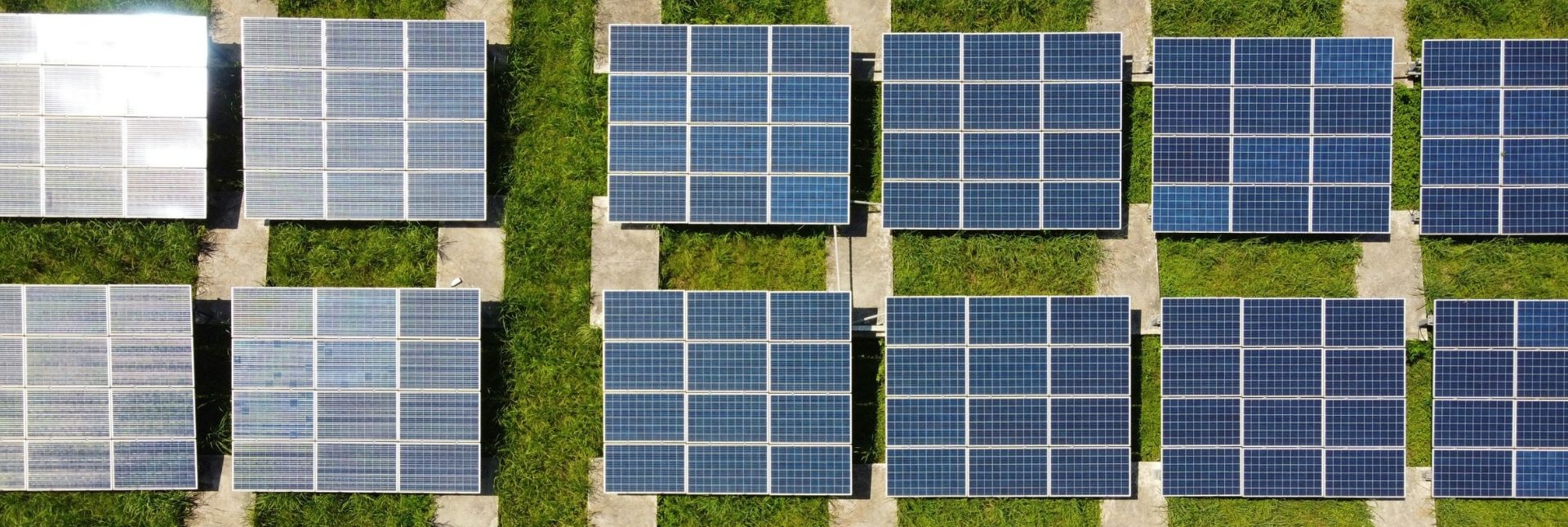

With over a century of development, solar photovoltaics has emerged as a rapidly expanding renewable energy source worldwide. According to the International Energy Agency, global renewable electricity capacity is projected to grow by 50% within five years, with solar photovoltaic installations driving more than half of this increase. Once limited to powering satellites, solar panels are now a familiar presence on rooftops across the globe

Solar panels harness solar radiation and convert it into usable electricity. The term can also refer to solar collectors, which utilize solar energy thermally to produce hot water for domestic use. In contrast, photovoltaic panels specifically generate electricity through photovoltaic solar energy
Photovoltaic solar energy is based on the photovoltaic effect, which is the ability of certain materials (usually silicon) to generate electricity when exposed to sunlight.
A photovoltaic (PV) system converts sunlight into electricity with the help of solar panels. These panels capture sunlight and create a flow of electrons to generate direct current (DC) electricity. This DC electricity is converted to alternating current (AC) by sending it to an inverter, making it suitable to power household appliances. The AC electricity flows through an electrical panel to power your home or business, while the excess energy is either sent back to the grid or stored in batteries for later use. This effective mechanism enables solar systems to capture renewable energy from the sun, offering a sustainable source of power.
Solar panels consist of several essential components that work together to efficiently capture and convert solar energy into electricity. These materials ensure durability, functionality, and optimal performance in various environments.
